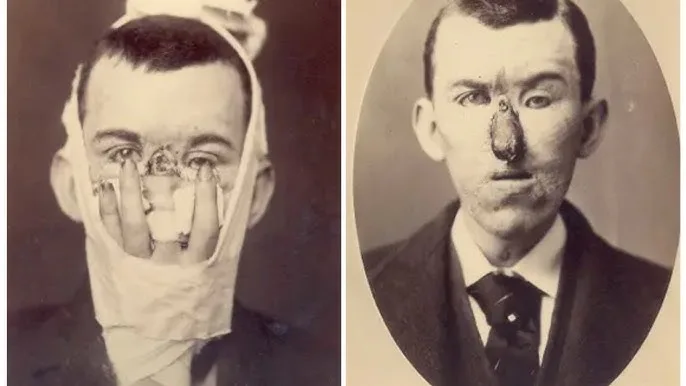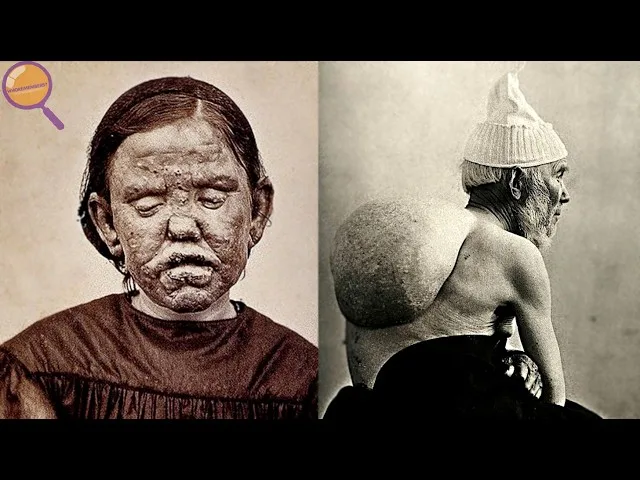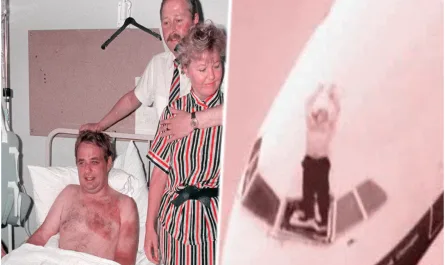Haunting Historical Photos That Convey the Unspeakable—Prepare to Be Moved

Pictures That Speak Louder Than Words
In a world where language often falls short, certain images resonate far beyond words, capturing moments that echo through history. These powerful historical photos don’t just document events—they express emotions and truths that words simply can’t convey. From the raw pain of conflict to the quiet resilience of the human spirit, each photograph offers a glimpse into experiences words could never fully describe.
What truths about humanity do these images reveal that words alone can’t capture? Let’s delve into 30 haunting historical photos that communicate the unspeakable.
A Silent Sacrifice

On June 11, 1963, Thích Quảng Đức’s self-immolation in Saigon became an unforgettable symbol of sacrifice. Sitting calmly in a bustling intersection, the Buddhist monk set himself ablaze to protest South Vietnam’s anti-Buddhist policies under Catholic President Ngô Đình Diệm.
Captured by Malcolm Browne, this haunting image shocked the world. Thích Quảng Đức’s serene expression amidst the flames spoke louder than words ever could, highlighting his unwavering conviction. His act challenged international perceptions, questioning America’s support of the South Vietnamese regime. Though his protest didn’t change U.S. policy, his sacrifice remains a powerful testament to the consequences of silence.
A Silent Plea
In April 1968, Art Greenspon captured a moment of raw anguish and brotherhood during the Vietnam War. A first sergeant from the 101st Airborne Division signaled a medevac helicopter through dense jungle near Huế, guiding rescue after a brutal firefight.
Nearly half his company had been killed, leaving survivors grief-stricken and exhausted as they awaited rescue for two agonizing days. With arms raised to guide the medevac, his gesture felt more like a plea for relief than a command. Greenspon’s Pulitzer-nominated photo is a haunting reminder of the sacrifices made during the war’s deadliest year for American soldiers.
The Sound of Silence
On May 4, 1970, Kent State University became a scene of tragedy as National Guard troops opened fire on anti-war protesters, killing four students and wounding nine. The demonstration, sparked by President Nixon’s decision to invade Cambodia, turned violent in moments.
Amid the chaos, student photographer John Filo captured an image that would shock the nation: 14-year-old Mary Ann Vecchio crying out in agony beside Jeffrey Miller’s lifeless body. The haunting photo, which earned Filo a Pulitzer Prize, brought the violence of the Vietnam War to American soil, sparking a national conversation about government power and the cost of dissent.
The Terror of War
Nick Ut’s Pulitzer Prize-winning photo, The Terror of War, captured a moment of unimaginable horror during the Vietnam War. In 1972, children fled a napalm attack on their village, led by nine-year-old Kim Phúc, her body scorched by the deadly weapon.
Her face etched with pain and confusion became a symbol of innocence lost in war. Despite her suffering, Kim Phúc went on to advocate for peace and forgiveness, embodying resilience and hope. Her story asks a powerful question: Can love truly bridge the divisions created by war and hatred?
Bound by Love
An 1888 photograph captures the graves of a Catholic woman and her Protestant husband in the Netherlands, separated by a stone wall yet joined by love. In a time of strict religious divides, even death could not fully unite them.
Despite the barrier, their tombstones reach across the wall with interlocked hands, a touching symbol of an unbreakable bond that defied societal expectations. The wall represents the constraints of their era, but the clasped hands echo a love that transcended earthly boundaries.
A Silent Witness
In 1993, Kevin Carter took a photograph that would haunt the world: a starving child collapsing on the ground as a vulture loomed nearby. Captured during Sudan’s devastating famine, the image exposed the depths of human suffering.
Carter, a member of the Bang Bang Club, was no stranger to violence and tragedy. Yet this moment shattered him. Advised not to touch famine victims due to disease risks, he waited helplessly as the vulture watched. The image won a Pulitzer Prize but also brought heavy criticism over his inaction.
Though reports suggest the child survived, Carter couldn’t escape the emotional toll of witnessing such suffering. In 1994, overwhelmed by despair, he took his own life. His legacy remains complex, reflecting the heavy burden of documenting human pain.
History in Focus
These photos are more than historical records—they are powerful windows into the human experience. They force us to confront the past and reflect on the complexities of love, loss, sacrifice, and resilience.
What other historical images have left an indelible mark on the world and the human spirit? Stay tuned as we continue to explore the most unforgettable moments ever captured on film.


